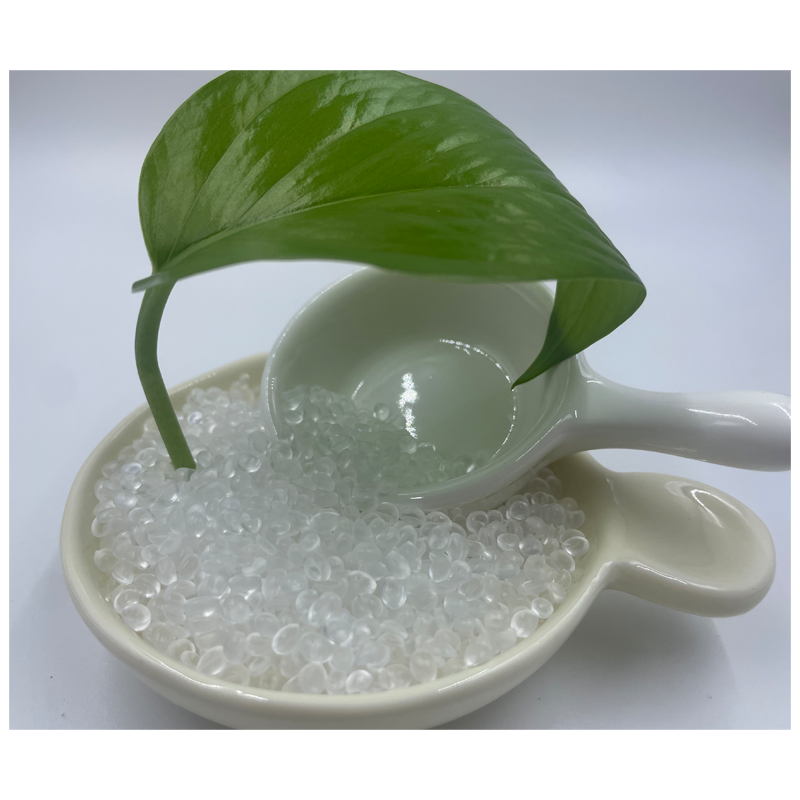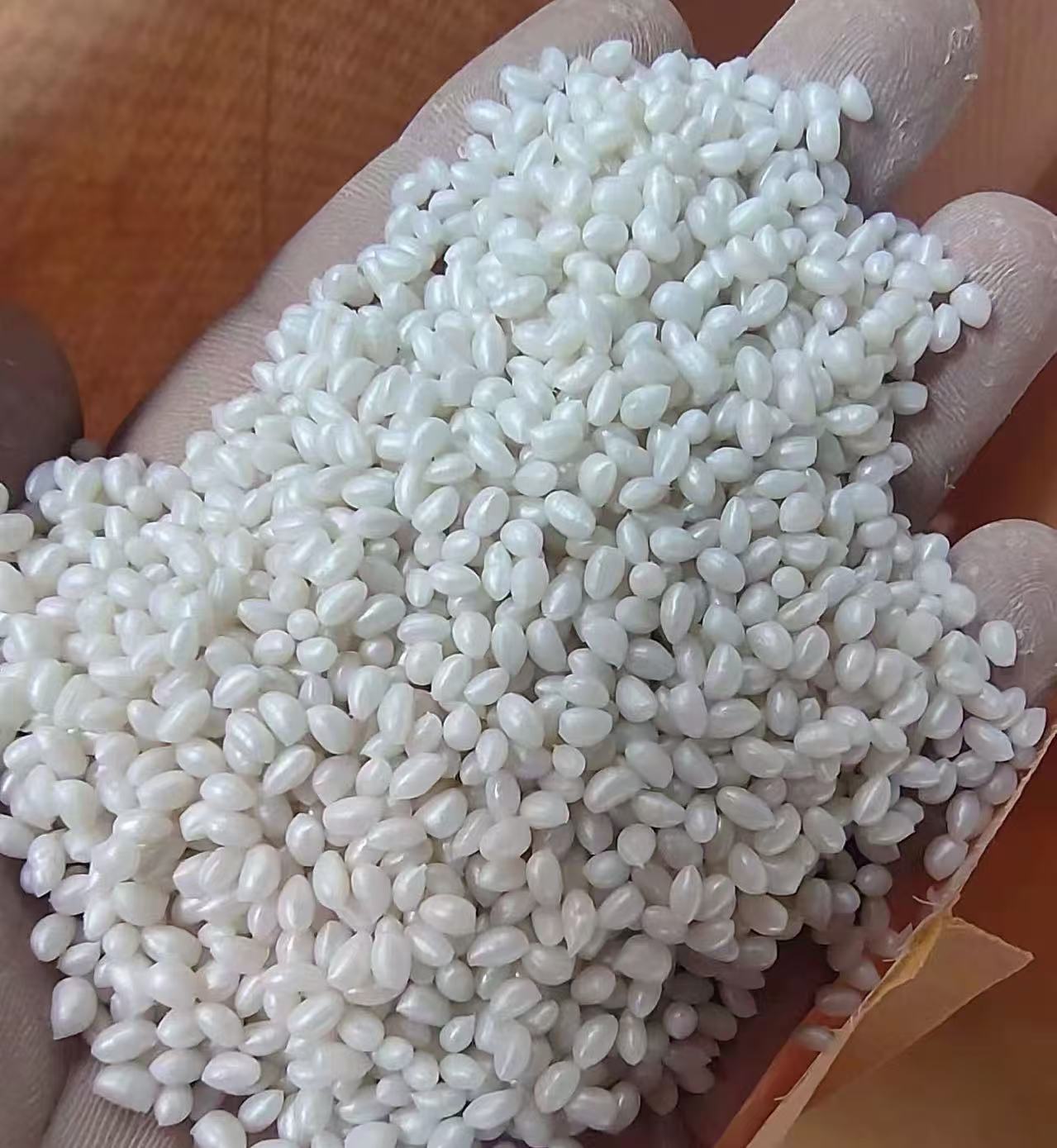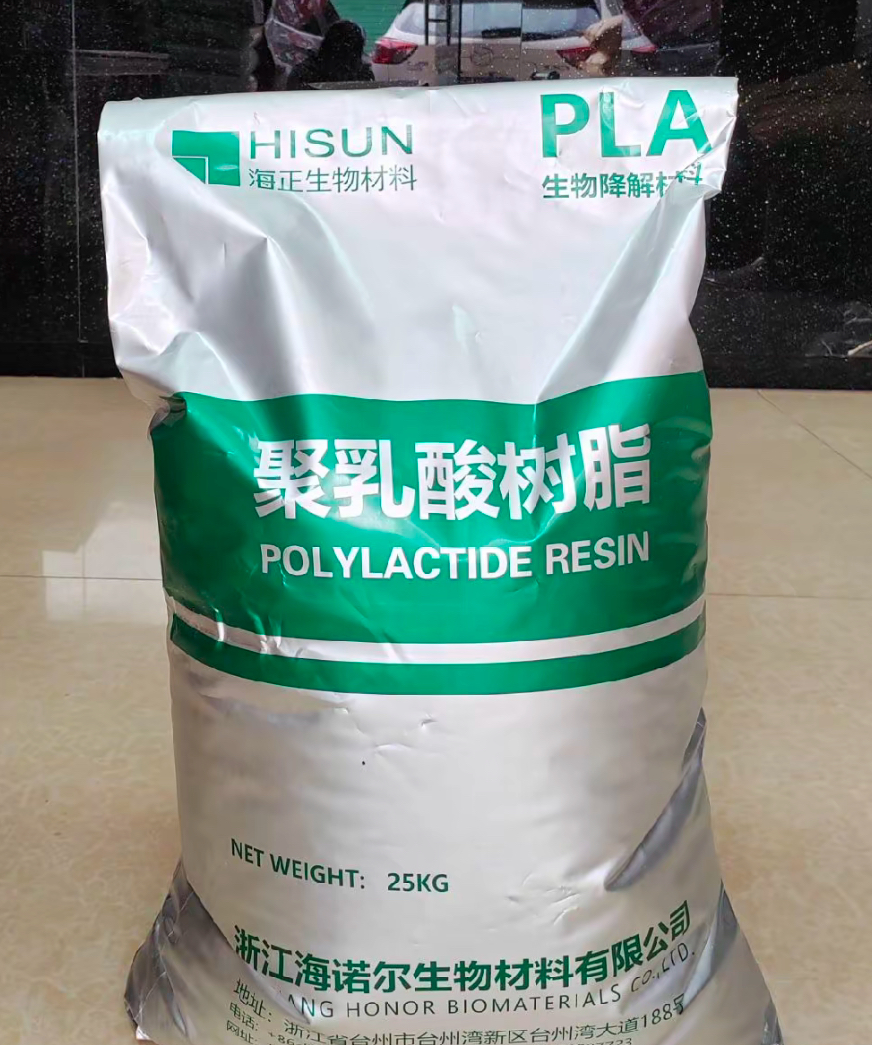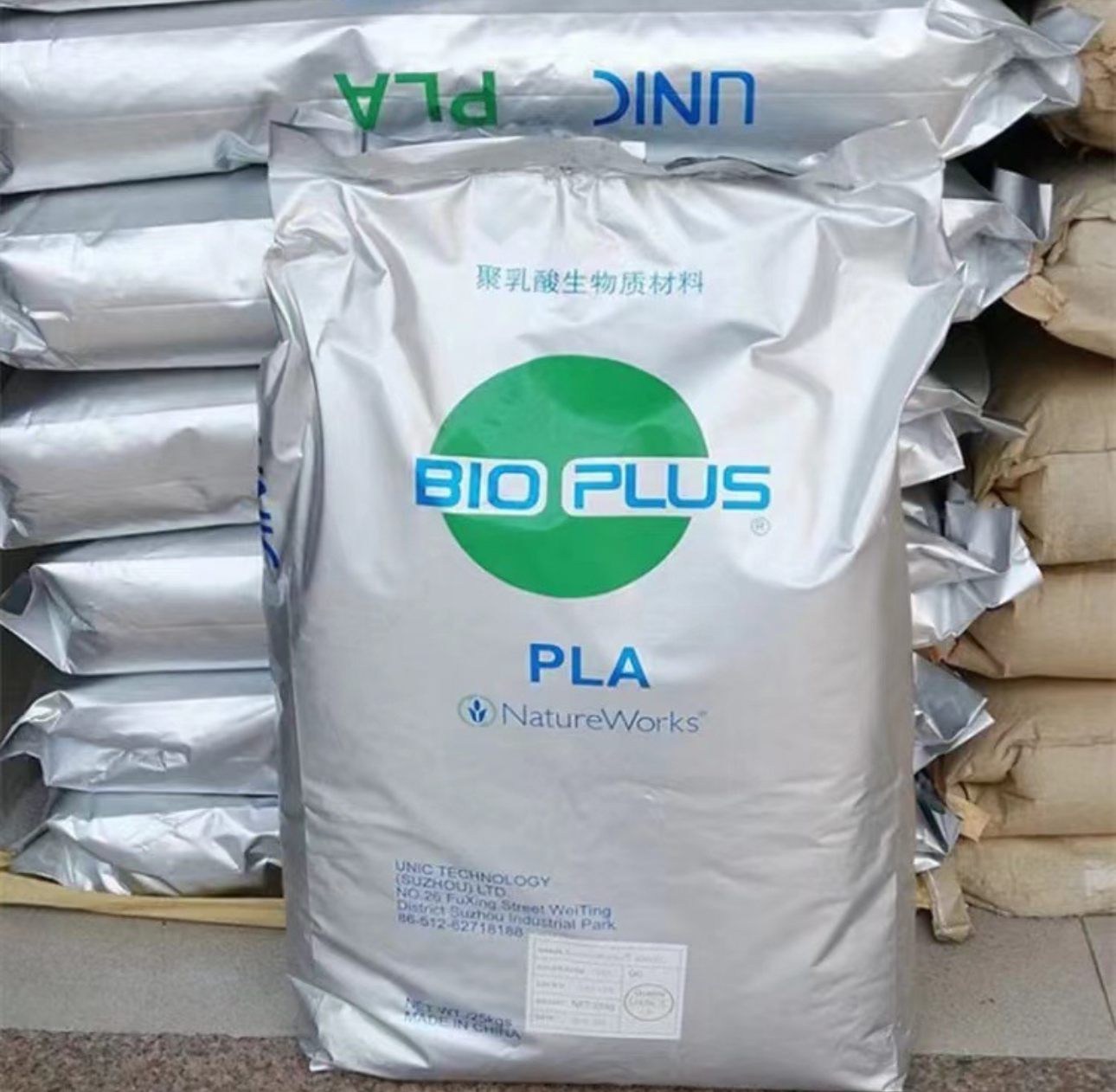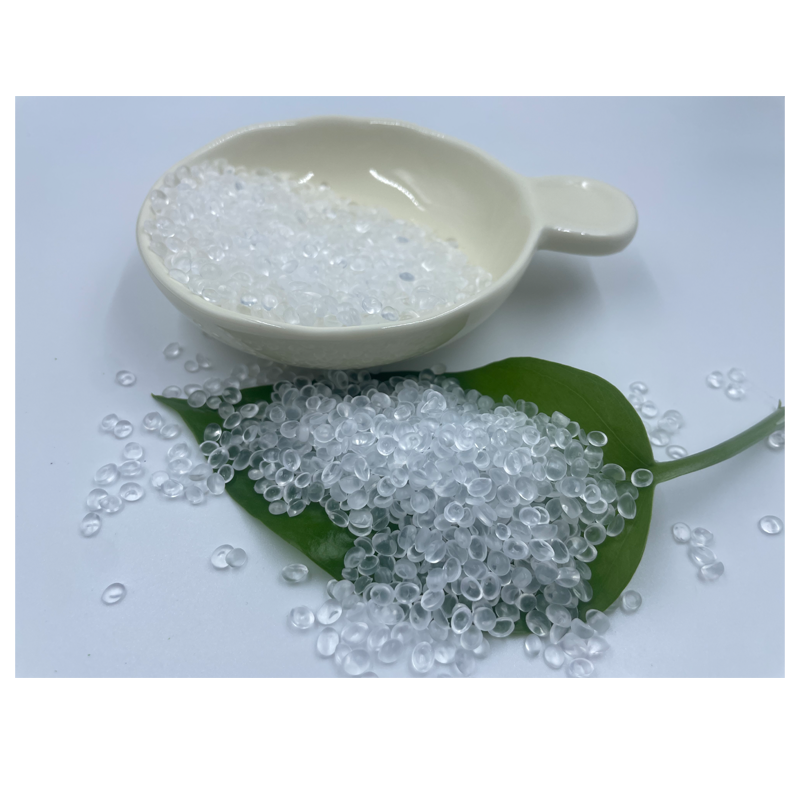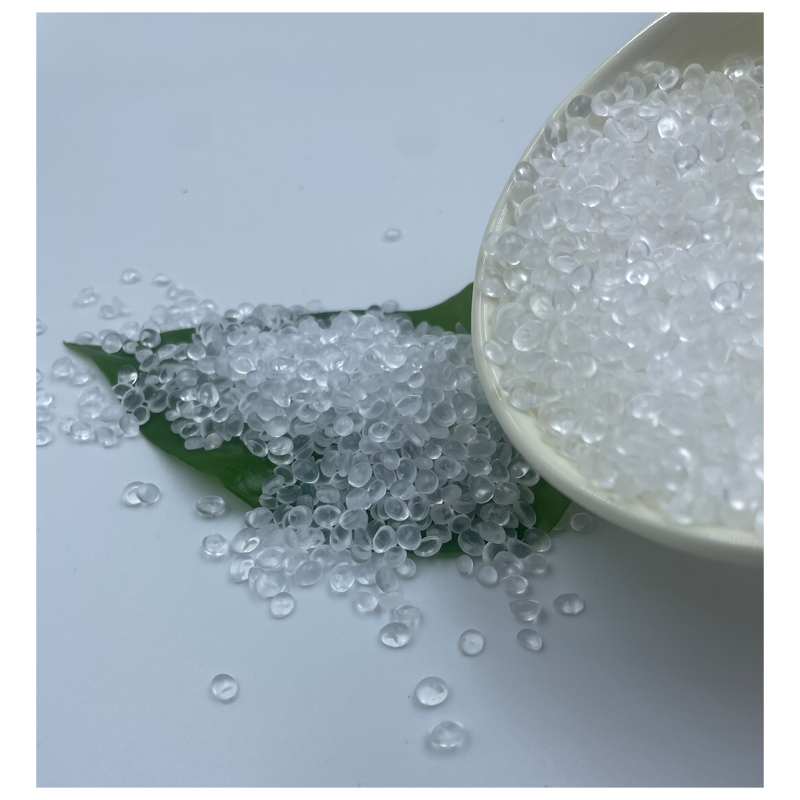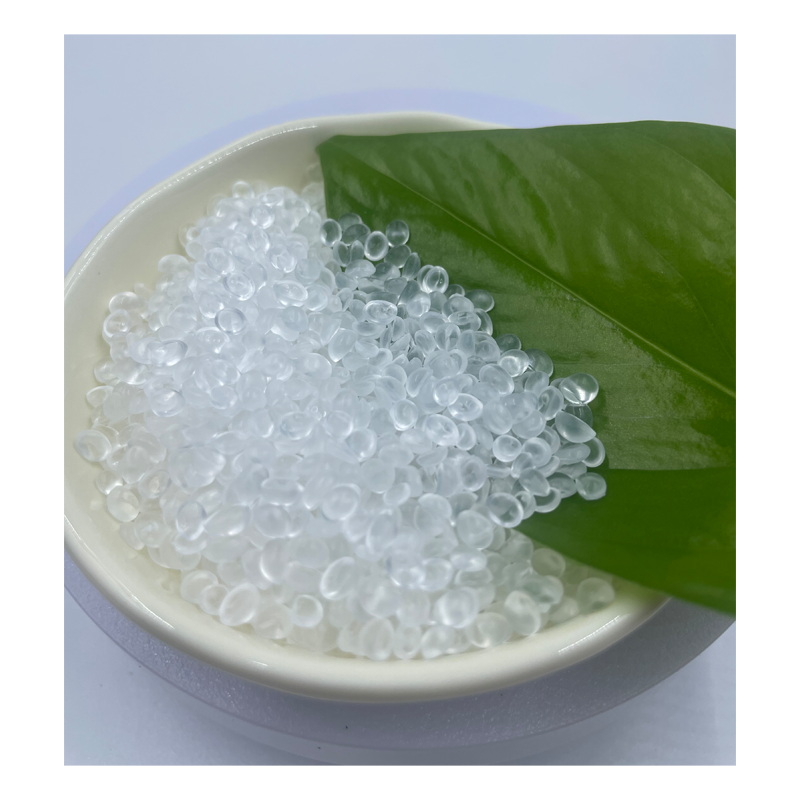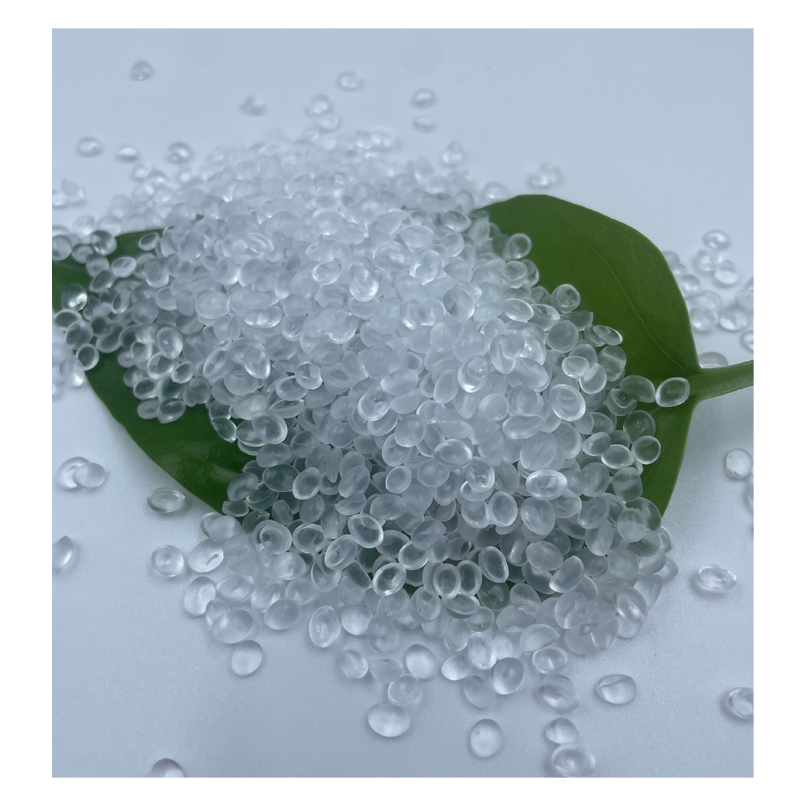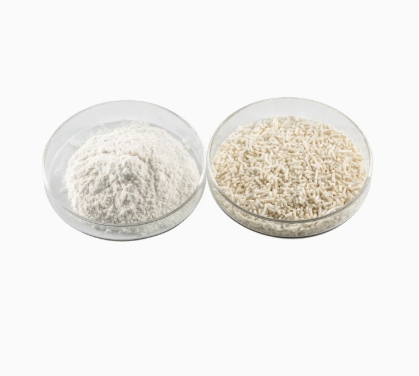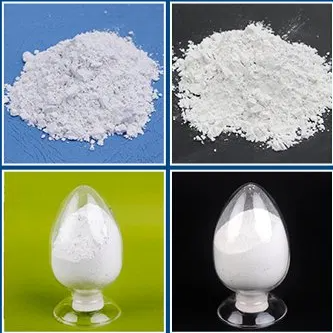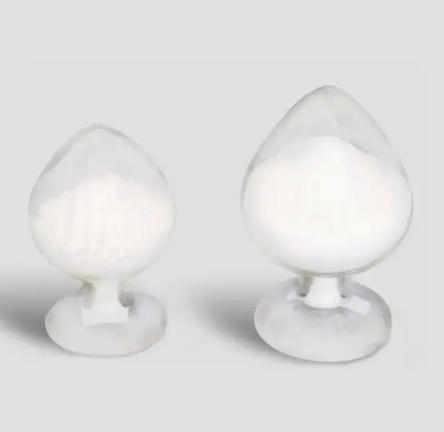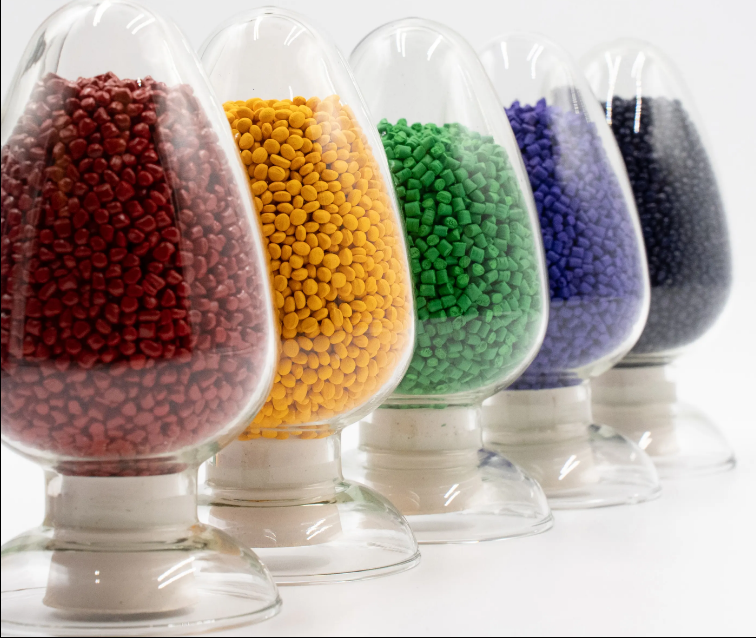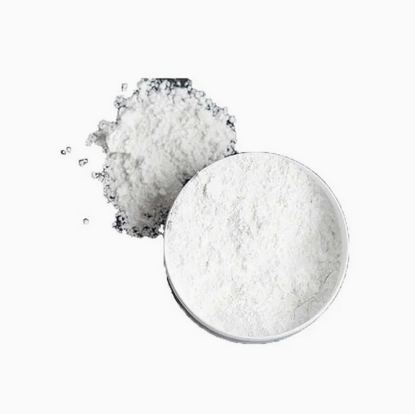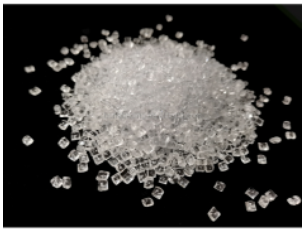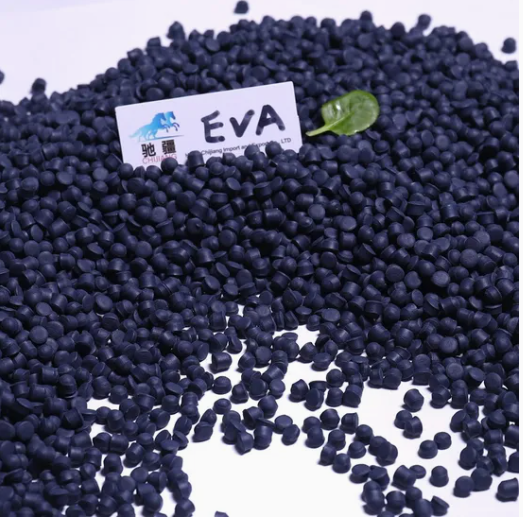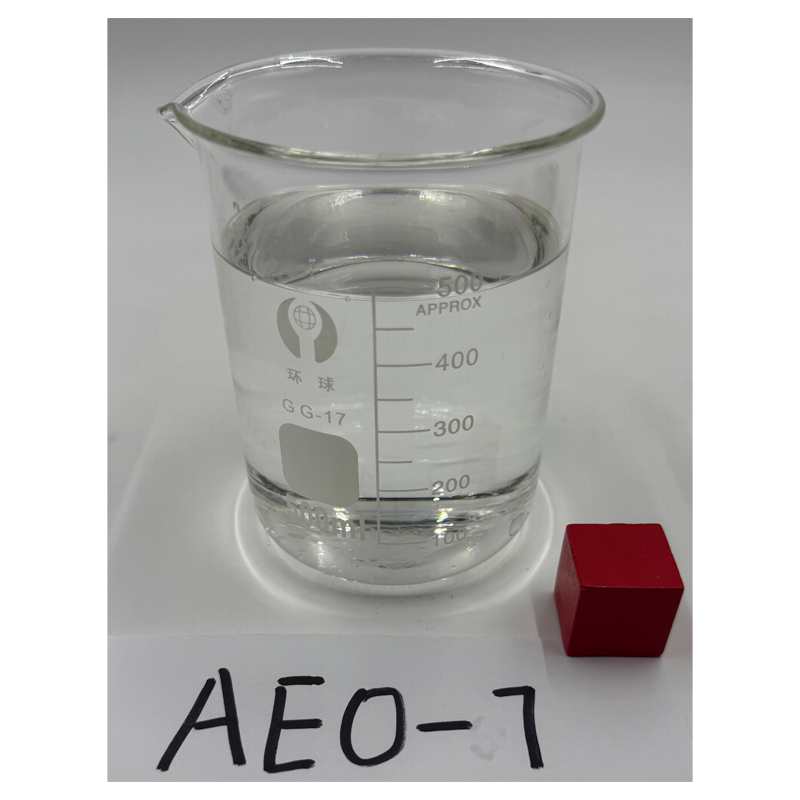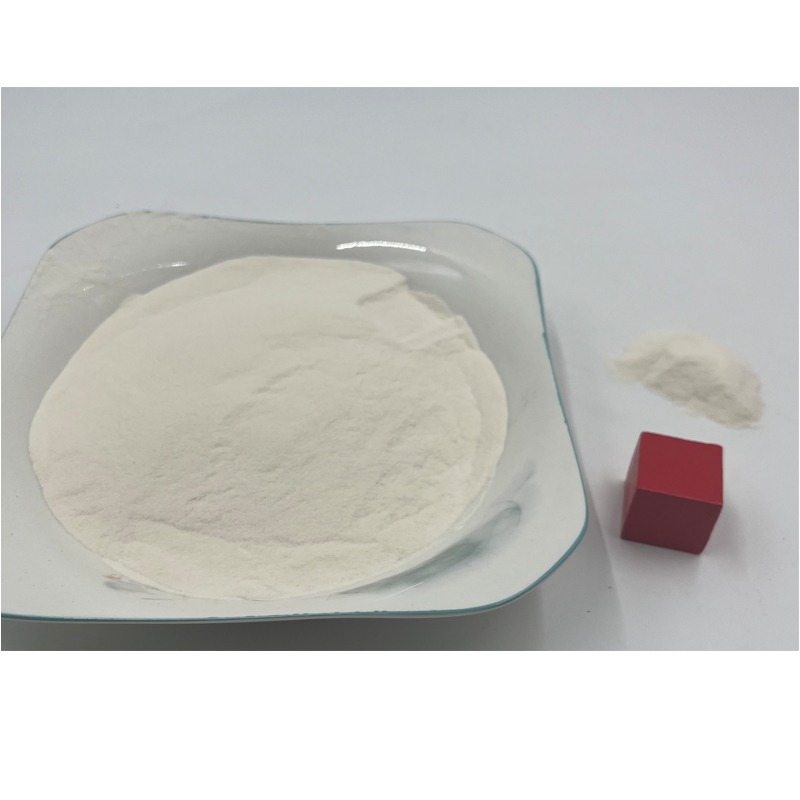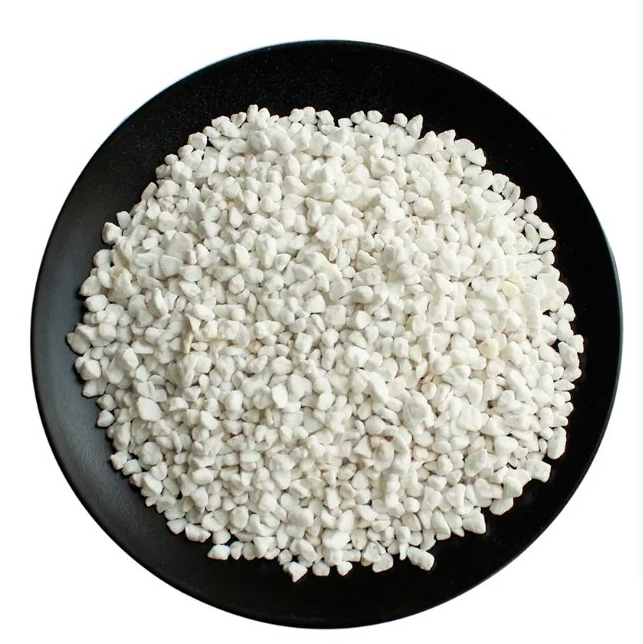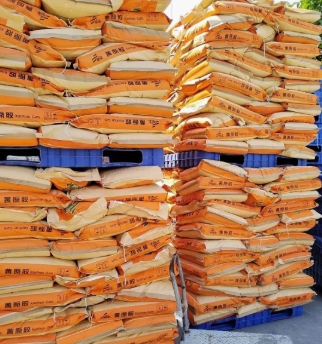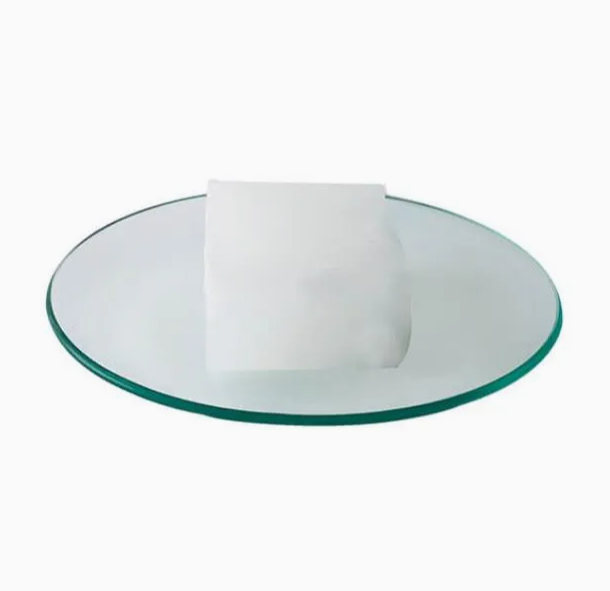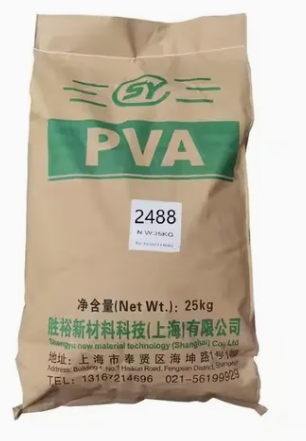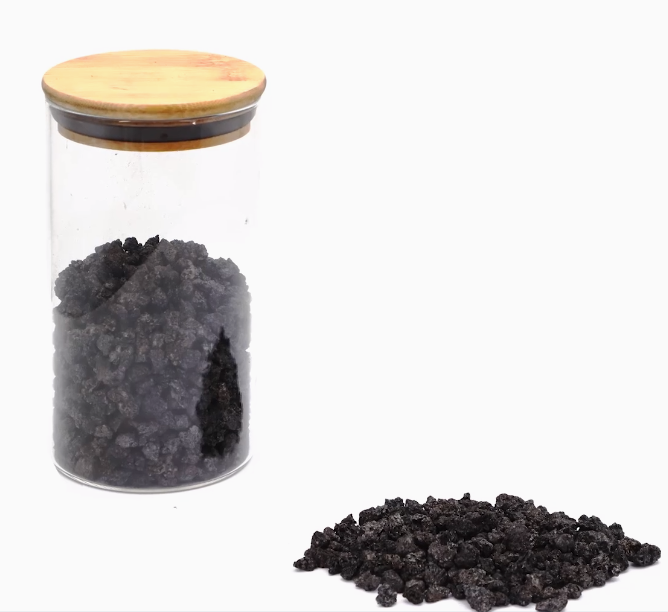PLA Raw Material Biodegradable PLA 3D Printing Pellets PLA for Filament Resin Granules Low Price CAS 26100-51-6
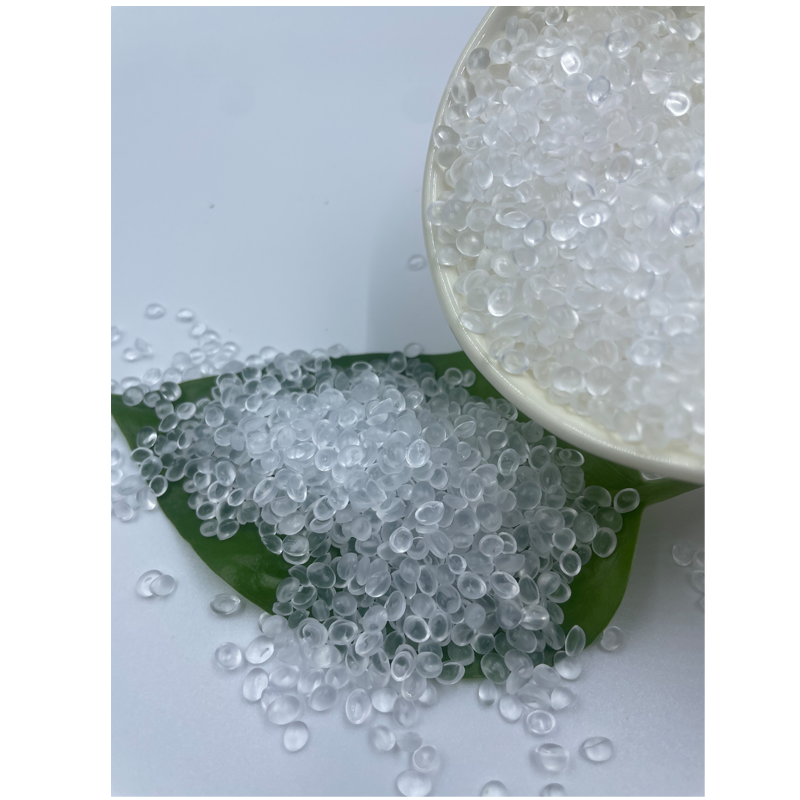
PLA Raw Material Biodegradable PLA 3D Printing Pellets PLA for Filament Resin Granules Low Price CAS 26100-51-6
Packaging field** (accounting for about 40%)
- **Food packaging**: transparent beverage cups, cling film, degradable tableware (suitable for hot drinks after heat-resistant modification).
- **Daily chemical packaging**: cosmetic bottles, label films (printability modification required).
#### 2. **Medical field** (high added value)
- **Absorbable medical devices**: surgical sutures, bone screws, stents (L-PLA-based, degradation cycle matches tissue healing).
- **Drug sustained release system**: DL-PLA microspheres encapsulate drugs to control the release rate.
#### 3. **Textiles and non-woven fabrics**
- **Medical protective products**: degradable masks, surgical gowns (made by meltblown process).
- **Clothing fabrics**: blended with cotton to improve breathability.
#### 4. **3D printing** (rapid growth)
- **FDM filament**: environmentally friendly models, educational supplies (need to optimize interlayer adhesion).
- **Supporting materials**: water-soluble PLA copolymers (such as PVA/PLA composites).
#### 5. **Other fields**
- **Agriculture**: degradable mulch (to avoid soil pollution).
- **Automotive interior**: modified PLA for door panels and dashboards (need to be heat-resistant and UV-resistant).
---
### **Fourth, limitations and solutions of PLA**
- **Disadvantages**: brittleness, poor heat resistance, degradation requires industrial composting conditions (slow degradation at room temperature).
- **Improvement direction**:
- Chemical modification (such as copolymerization with PCL to increase toughness).
- Nanocomposite materials (adding montmorillonite to improve heat resistance).


